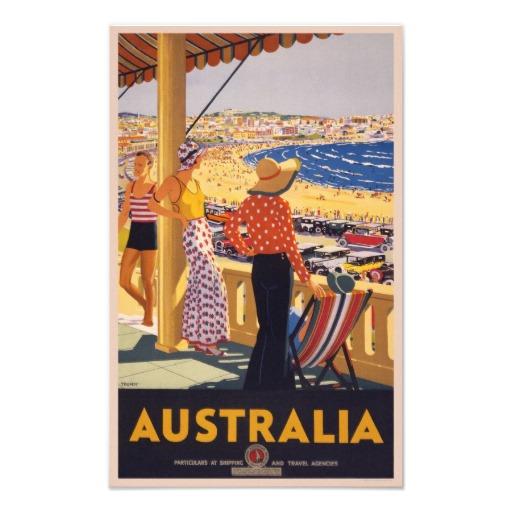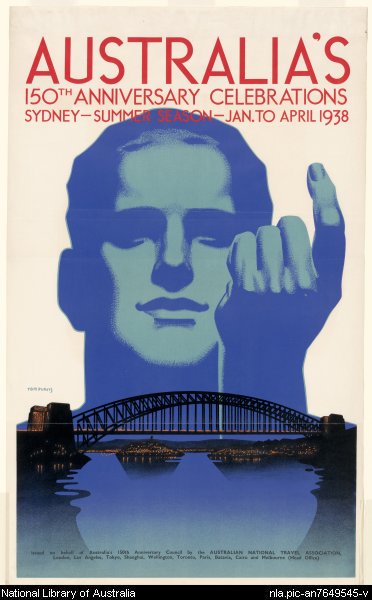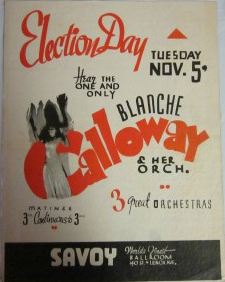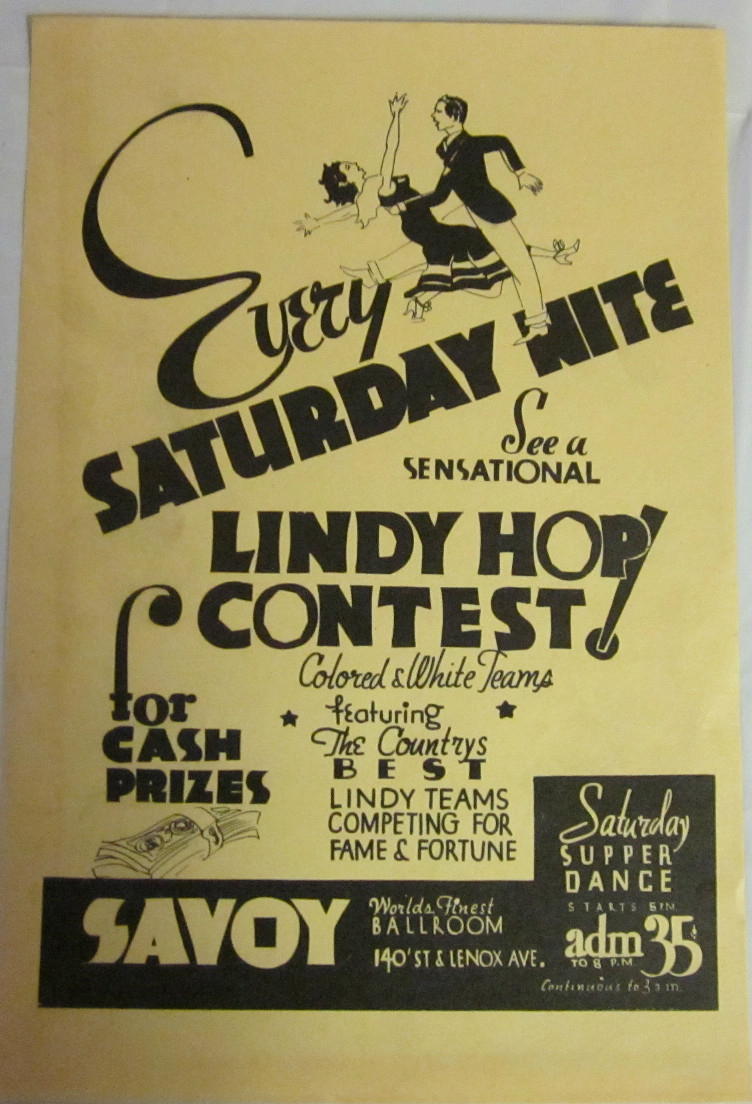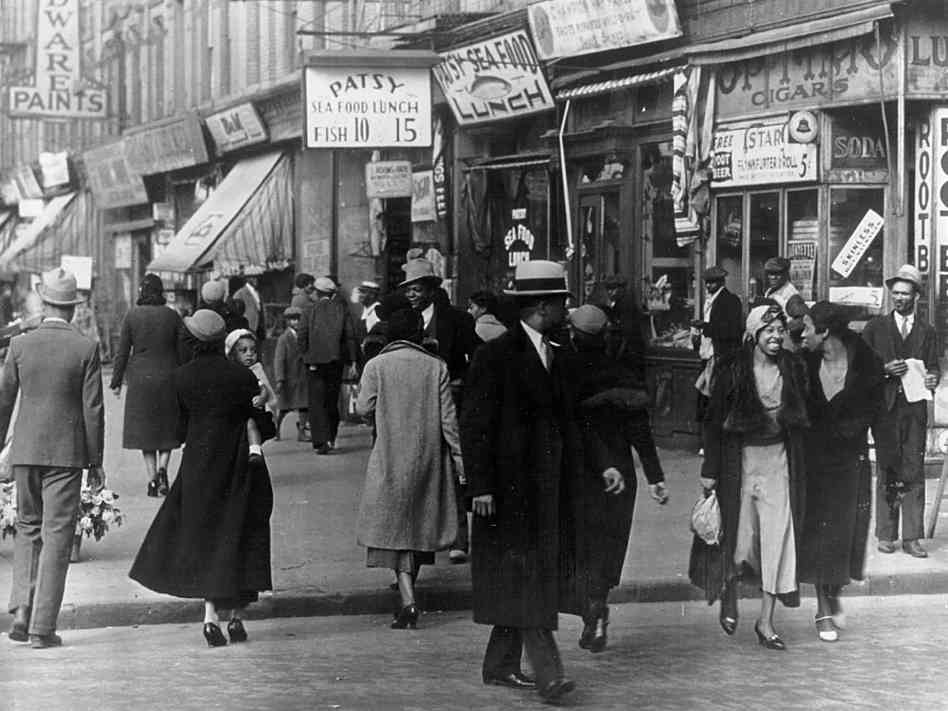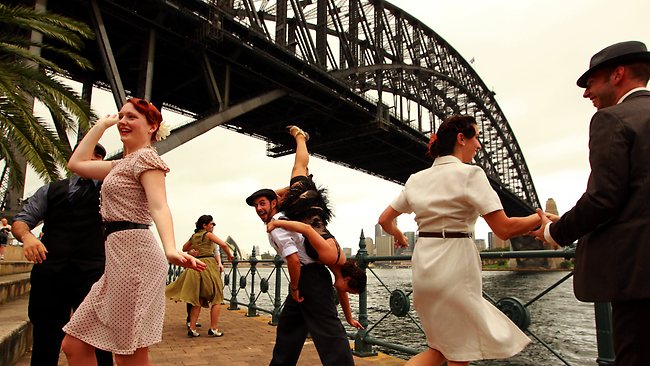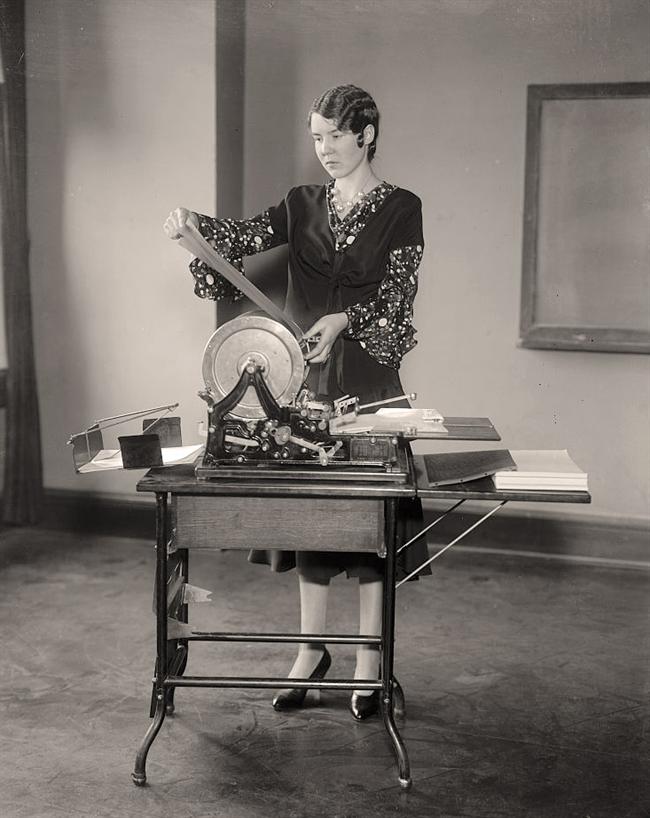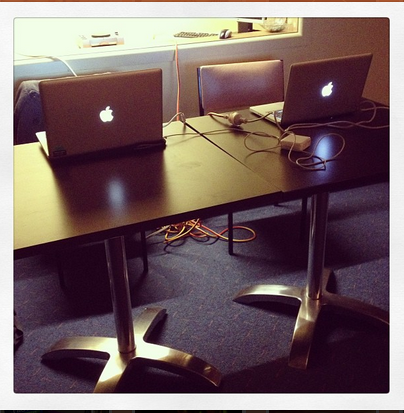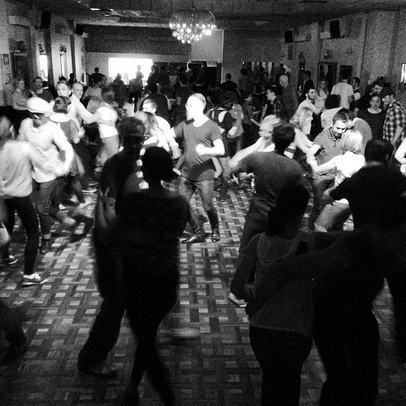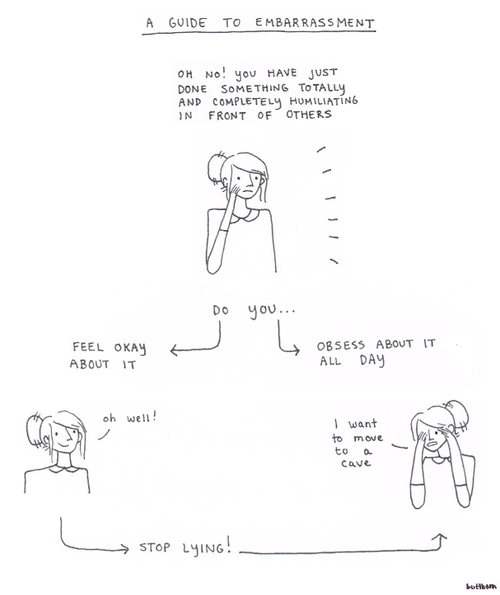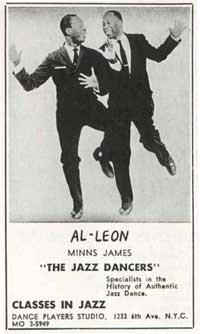Fully fat from dogpossum on 8tracks Radio.
title – year – artist – bpm – length
You Hear Me Talkin’ To Ya – 2009 – Luke Winslow-King (Rich Levison, Cassidy Holden, Shaye Cohn) – 142 – 2:12
Truckin’ – 2012 – Paul Asaro And The Fat Babies (Andy Schumm, John Otto, Beau Sample, Jake Sanders, Alex Hall) – 189 – 4:27 – What a Heavenly Dream: The Fats Waller Rhythm Project
Shortnin’ Bread – 1941 – Fats Waller and His Rhythm (John Hamilton, Gene Sedric, Al Casey, Cedric Wallace, Slick Jones) – 195 – 2:41 – The Last Years (1940-1943) (disc 02)
The Girl I Left Behind Me – 1941 – Bob Wills – 206 – 2:40 – San Antonio Rose [disc 10]
Bearcat Shuffle – 1936 – Andy Kirk and his Twelve Clouds of Joy (Mary Lou Williams) – 160 – 3:01 – The Lady Who Swings the Band – Mary Lou Williams with Any Kirk and his Clouds of Joy
Peckin’ – 1937 – Johnny Hodges and his Orchestra (Cootie Williams, Barney Bigard, Otto Hardwick, Harry Carney, Duke Ellington, Fred Guy, Hayes Alvis, Sonny Greer, Buddy Clark) – 165 – 3:10 – The Duke’s Men: Small Groups Vol. 1 (Disc 2)
Fat And Greasy – 1935 – Fats Waller and his Rhythm (Herman Autrey, C.E. Smith, Eddie Anderson, Fred Robinson, George Wilson, Rudy Powell, Gene Sedric, George James, Emmett Matthews, Fred Skerritt, Hank Duncan, James Smith, Charles Turner) – 162 – 3:11 – I’m Gonna Sit Right Down: The Early Years, Part 2 (disc 02)
Here Comes Your Pappy (With The Wrong Kind Of Load) – 1936 – Putney Dandridge – 177 – 2:37 – Complete Recordings Putney Dandridge 1935 – 1936
Stomp It Out Gate – 1938 – Rosetta Howard acc. by Harlem Hamfats (Herb Morand, Odell Rand, Horace Malcolm, Joe McCoy, Charlie McCoy, John Lindsay, Fred Flynn) – 142 – 3:06 – Harlem Hamfats Vol. 4 1938-1939
Give Me Some Skin – 1941 – Lionel Hampton and his Sextette (Karl George, Marshal Royal, Sir Charles Thompson, Ray Perry, Irving Ashby, Vernon Alley, Shadow Wilson, Ruble Blakey) – 138 – 3:16 – The Complete Lionel Hampton Victor Sessions 1937-1941 (Mosaic disc 05)
Sent For You Yesterday – Benny Goodman – 158 – 3:04 – China Boy
St. Louis Blues – 1939 – Ella Fitzgerald and her Famous Orchestra – 183 – 4:46 – Ella Fitzgerald In The Groove
Jive At Five – 2013 – Mint Julep Jazz Band – 171 – 3:23 Durham On Saturday Night
Splanky – 1966 – Count Basie and his Orchestra – 157 – 3:52 – Live at the Sands
B-Sharp Boston – 1949 – Duke Ellington and his Orchestra – 126 – 2:55 – Duke Ellington and his Orchestra: 1949-1950
No Regrets – 1936 – Billie Holiday and her Orchestra (Bunny Berigan, Artie Shaw, Cozy Cole) – 130 – 2:38 – Lady Day: The Complete Billie Holiday On Columbia (1933-1944) (Disc 01)
Sugar – 1946 – Louis Armstrong and his Hot Seven (Vic Dickenson, Barney Bigard, Charlie Beale, Leonard Feather, Allan REuss, Red Callender, Zutty Singleton) – 138 – 3:26 – The Complete RCA Victor Recordings (disc 03)
Laff, Slam, Laff – 1945 – Slam Stewart Quartet (Erroll Garner, Mike Bryan, Harold ‘Doc’ West) – 156 – 2:59 – Bowin’ Singin’ Slam
Stompin’ At The Savoy – 1944 – Teddy Wilson Sextet (Emmett Berry, Benny Morton, Edmond Hall, Slam Stewart, Big Sid Catlett) – 182 – 3:52 – Teddy Wilson: The Complete Associated Transcriptions 1944
Chasing Shadows – 1935 – Louis Prima, Pee Wee Russell, Frank Pinero, Garry McAdams, Jack Ryan, Sam Weiss – 170 – 3:04 – Louis Prima Volume 1
The Spinach Song – 2004 – Terra Hazelton (feat. Jeff Healey’s Jazz Wizards) – 165 – 4:57 – Anybody’s Baby
Me, I Get High on Reefer – 2010 – The Two Man Gentlemen Band – 200 – 2:17 – ¡Dos Amigos, Una Fiesta!
Shave ’em Dry – 1997 – Asylum Street Spankers – 131 – 4:21 – Nasty Novelties
This is the set I did on Sunday night at the late night dance during MSF. It was a cracking night. The workshops had been fun, and people finally felt they could stay up late and dance like fools. The evening dance had been a crowded event (1600 people bought tickets!) and there hadn’t been too many opportunities for dancing. So the late night was where it was at.

(photo c/o Trev
This was a challenging set for me. I was at the back of the room, at floor level, in a loooong narrow room. In that photo of Trev’s above, you can _just_ see the DJ, right at the back, silhouetted against that bright square. That’s either me or Kat DJing at a table [EDIT: Kat says that Trev says that that’s her DJing, not me. So I’d have been DANCING! SCORE!]
I could see perhaps 20 people of the 200 in the room. And those 20 were at the ‘back’ of the room – the newer dancers. I’m used to playing with the show offs and more experienced dancers right in front of me. During those sets, I have to keep reminding myself to watch the _whole_ floor, not just those peeps. But on Sunday I had to keep standing on a chair so I could see even perhaps just a few body parts of that same crowd.
I was following Kat Galang, who is relentless. She comes in hard and fast, pounds the dancers, then goes out with a bang. She makes people CRAZY with adrenaline. Fucking best dancing fun. Can be a challenge following, as a DJ, as she leaves the dancers utterly shagged. And I’ve found that if I chill it out too much (to give dancers a rest), they just sit down, realise how shagged they are, then pass out. So I have to keep things a bit sprightly so I don’t lose them. But if I pounded it the way she did, they’d probably die of heart attacks. So the goal is good energy, working shorter waves with lots of resting points, but keeping things exciting and interesting.
Here is what I noticed:
Because I couldn’t really see anyone’s bodies or faces, I couldn’t read the crowd. I couldn’t even really tell if the floor was empty or full, because I couldn’t SEE it. So I had to go with my instincts and… well, I guess I was going by my nose, and making sure I walked the room a lot.
I definitely benefitted from that particular time slot – peeps were ready to rock out.
Righto, what did I play?
First off, I love that Luke Winslow King song. Galang had played quite a few good NOLA tracks, by modern bands, and LWK is a NOLA boy, Cassidy Holden does lots of NOLA bands. So that echoed her work. It’s a moderate tempo, but it sprongs along with that gorgeous steel string guitar giving a nice western swing edge. The trinkly piano reminded everyone that this was still NOLA. Sort of. Best song. Only bad thing about it is that it’s TOO SHORT.
Fats Waller is in my brain a lot atm as we teach with him a fair bit, and I’ve found he’s really, really interesting for good solo dance work. So I wanted to DJ him a lot. He’s so light and funny, but he’s also so technically stunning, and the arrangements are rippingly good – really perfect for the complexities allowed by solo dance.
So I played that Fat Babies version of ‘Truckin”, to segue from the LWK, and to get to more Fats.
Then I played my favourite Fats Song, ‘Shortnin’ Bread’. I was being a smartarse playing Fats after a Fats ‘cover’. Shortnin’ Bread is FABULOUS.
I was still thinking about LWK and western swing, and I wanted to get the energy back up to Kat levels, so I played that great Bob Wills song. I love Bob Wills. LOVE HIM. That song is fuck-off great.
Then I chilled it out a bit with some Andy Kirk. This is a song everyone knows (well, the old sticks do), so it’s nice and comfortable. I teach with a lot, and think of it as a mellow, friendly song. Still nice and right in the middle of my favourite style.
More chillaxin’, with ‘Peckin”. But this version builds and gets pretty wiggedy wacked in the middle, so it’s a good way to get to other stuff. It’s always fun to dance to, and again, it’s familiar. So these two were ‘safe’ songs for the dancers. I was also watching Skye working the room, and I wanted to make sure there were some more relaxed songs for the newer dancers to pounce on him for. I really liked that Skye worked the back part of the room, too, rather than just sticking with the ‘cool’ kids. That was nice.
More Fats. Current favourite teaching song. This one is fucking great for the Al and Leon shim sham. It sounds like Leon James’ dancing.
The beat (the guitar/drums) gets a bit more uppy-downy, bouncy-stompy, which is what I wanted to set up for the next song. The vocal style is also something I wanted to set up for the next song. Also, this song is THE BEST.
Putney Dandridge. I haven’t been able to chase down the specs for this song, but the band sounds so much like the group who did stuff 2nd March 1936 – Putney Dandridge and his Orchestra (Richard Clarke, Johnny Russell, Teddy Wilson, Arnold Adams, Ernest Hill, Cozy Cole) – that I think it might be them. And look at that band. Yes PLEASE.
This song fucking rocks. Dandridge’s vocals are best. BEST. I love the way he brings that sprongy, bouncy-stompy rhythm to the song. Loveity love love.
But peeps needed a bit of a rest, so I went to this nice Hamfats song. Mike Faltesek played this once in Melbourne and every time I play it now, people rush up to ask what it is. It’s great. Nice, slower tempo, but with a good, stampy rhythm. Nothing too complex, but great, great dancing.
I was beginning to think I needed to change the styles up a bit at this point. It felt like I’d done enough of that particular style, and I needed to get a bit more solidly classic swing, or to head towards the 1940s. Lionel Hampton feels like good, solid top-40 style lindy hopping swing to me. And I love this song at the moment. I like the lyrics (“You know much about ‘lectricity? I know ’nuff to leave it alone!”). It’s a great, medium tempo dancing song. Great, catchy melody. Yes.
This stuff reminds me of Count Basie. And ‘Sent for you yesterday’ reminds me of Basie (of course). So I played the Goodman version, because it’s unexpected. It has what I think of as a ‘building’ vibe – I play it when I want to set things up for a performance, or to build the room back up to high energy stuff.
So from there I went straight to the Savoy with Ella and Chick’s band. This one is a bit overplayed these days, and I was going to play something else like ‘Everybody Rock’ from those concerts, but I thought “Heck, I’m doing ‘top-40 lindy hop classic swing. So _do_ that.”
I was still thinking about Basie. But I wanted to chill people out a bit (they were really kind of shagged at this point). I do like this Mint Julep Band, and this version of ‘Jive at Five’ isn’t as smooth and groovy as the 1950s Basie versions, but the band has a guitarist I really like, and I wanted a hi-fi vibe to set up for the next song. So I played this version rather than the Basie 1939 one.
At this point Trev had come over to chat for a couple of songs (he was looking a bit pale, actually, and I was a bit worried that he might _really_ need a sit down – he’d been dancing like a fool for ages). I said “I need something really classic Basie… you know, like Easy Does It.” And then we both thought of the Live at the Sands version of Splanky at the same time. That nice in-the-pocket Basie sound, but with a bit of punchy energy, as the band responded the more modern music around them.
WIN!
I always think of the Big 18’s Easy Does It, Splanky, and this lovely Ellington song in the same group. B-Sharp Boston is tops. Ellington’s band did some great lindy hopping music in 1949 – really solid, classic swing. Just before they started doing some really wiggedy wacked stuff. And this is what I wanted. Solid swing, easy tempo, nice, clear melody. But if you listen carefully, the drummer is actually doing some really interesting things with brushes (?) and shuffley stuff, which quietly intimates what’s to come for the band.
Thinking about later Ellington going nuts, I was reminded of Billie Holiday, of course. She was doing such radical things with timing, and she really was super important. I find dancers often puzzle a bit over Holiday’s timing, but this crowd was totally ok with such relatively minor challenges. And I was thinking ahead to the Slam Gaillard song I wanted to play, which really does do wiggedy things with timing.
I love matching the Louis Armstrong version of Sugar with that Billie Holiday song. Because I associate Sugar with Holiday. I love the song. And this recording is interesting, for the name (the Hot Seven in 1946?) – it’s part of a lovely lump of 1940s Armstrong stuff which really rocks. And when you put Holiday and Armstrong next to each other like this, you really understand how they were both revolutionary in their approach to _swing_. True genius. Armstrong’s trumpet and Holiday’s vocals – it’s the same thing. And of course, in the back of my mind, Lester Young is connecting Holiday and Basie.
Finally we get to Slam. This song is teh sheeet. I love dancing to it on my own. It’s complicated. It’s interesting. It has a good, solid beat. Until that beat gets screwed with a bit. Again, the band is edging towards modernism. It’s only 1945, but you can hear Errol Garner beginning to think about the future; the space between the beats that swing requires, is getting stretched a bit, and kind of pulled in different directions.
Teddy Wilson. Oh, I love you. And with Slam Stewart in the band. Just the year before. This is good, tight chamber jazz. A little group of big talents, doing a very solid, safe swing classic. But they make it tight and interesting. Unlike Benny Goodman, it feels like there’s a bit more maneouverability here. The band feels like they’re allowed to be a bit softer. Less a super group like Goodman’s small group, more a super good group doing something really nice. This is one of my favourite shim sham songs. In fact, this is my favourite sort of music. Complex, tight, yet super swinging.
Right. Change it up! Less cerebral, more stomping. I love early Louis Prima, and I love this song because there’s a Putney Dandridge version that’s more widely played (Fatima played it at Hullabaloo! It was the only song in her set that I had a copy of and knew well. Sheesh. She’s a gun). This uptempo version isn’t quite as tight as it could be, but it has a lot of energy and fun. I do like the Chicago boybands (LOVE the Mound City Blue Blowers), but this one isn’t as esoteric as some of the MCBB, so it’s a bit more accessible.
Then I changed gear without the clutch. It felt like I’d been to fancy and complex. Time to just pull out the pub jazz (thanks for that line, Georgia). Shouting, stomping arse kicker chick music. Made the dancers crazy.
Then I extended the innuendo/euphemism theme with this great song about another type of green. I played this song mostly so I could see Trev mime smoking reefer and then trucking. I was not disappointed.
Loling at Trev, I lined up the next song and he yelled ‘you should play Shave em Dry next’, but he was joking. I wasn’t joking.
Shave em Dry is a good one, because it was overplayed to DEATH in about 2006, mostly for blues dancers. There were quite a few groans from the experienced dancers, and Trev shook his head in disappointment. I admit it: this was a cheap play for laughs. But at the same time, I was taking the piss. And yet not – what’s not to love about a woman singing about being big and fat and loving to fuck real good?
I play it a lot at the Roxbury at home, matching it with the Two Man Gentlemen Band and other shouty rude bands. I think that this stuff really embodies the Sydney lindy hop/rockabilly/rock n roll crossover community. The fight and fuck-off-fun attitude of rockabilly matched up with some spanking rhythm and musicianship of lindy hop.
Then I handed it all over to Keith, who made us dance like fools.
….You know, reading this back, I realise that all this explanation of what I was doing is in retrospect. When I’m actually DJing, I’m just going with what feels nice. I’m just making shit up on the fly.
I do think that you need to have a good idea of how to work a room, and how to balance tempos and things so you don’t kill people, but really, you’re working on the fly. I think that if I didn’t have so much experience working this particular event, I’d have struggled mightily without being able to see the dance floor. That was horrible. And I’m also pretty sure I would have done a better job working the room if I’d been able to see. But I think that the compromise was that I did a better job combining songs and working my collection, playing a wider, more interesting and less familiar set of combinations.
edit: reading this again, later on (now I’m home in Sydney again), I’m struck by how important my interaction with other DJs was that night. Kat, me and Keith were the DJs for that gig. Here are two of them:
 (photo c/o Kat)
(photo c/o Kat)
One of the things I love about big exchanges, is getting to work with and spend time with other DJs. People like Trev and Keith and Kat and Alice and… all those other great doods. I’ve learnt so much from sitting in on their sets (ie just sitting next to them, listening to them think their way through a set or respond to what they see on the floor). In fact, the most interesting sit-in I’ve done has been with a blues DJ, Manon, who is such a clever, observant DJ. I just don’t understand blues DJing, so Manon’s observations are so interesting.
I love sharing ideas about dancing and music, and I love the sorts of DJ in-jokes that get around. Rickrolling someone with C-Jam Blues, just as they step onto the dance floor with a famuss dancer. Playing their favourite song in the set before they’re DJing. Pulling out yet _another_ Fats Waller track, because all the other kids are doing it. I just find it all so inspiring and interesting. And I love hearing their latest loves – the songs they’re really into at the moment and just busting to play.
It’s where I get the best ideas for DJing and my own new music. I mean, Kat has THE best version of ‘For Dancers Only’ by Bob Crosby’s band – I can never remember to hunt it down myself, and every time she plays it, by last third I’m running at her to gush. And I play that Jimmie Noone 1930s songs ‘Blues Galore’ because Trev played it at MLX in about… 2006?… and I just love it. And Keith and I, because we also run events together, are always scheming a good scheme, coming up with a ridiculous plan for some sort of DJ-centred event. The climax of which was us two doing a ‘DJ jam’ set together one night, where we shared a plate of home-made-hommus-and-veggies while we pounded a couple of hours of music together, swapping songs back and forth.
#TeamSuperDJFriends. I’ve got the feels for you.
